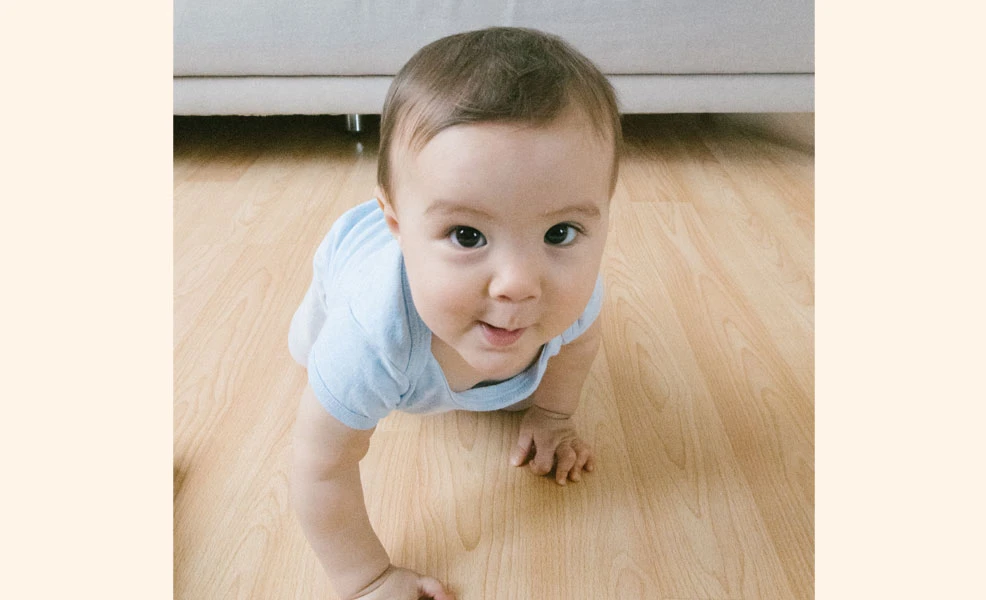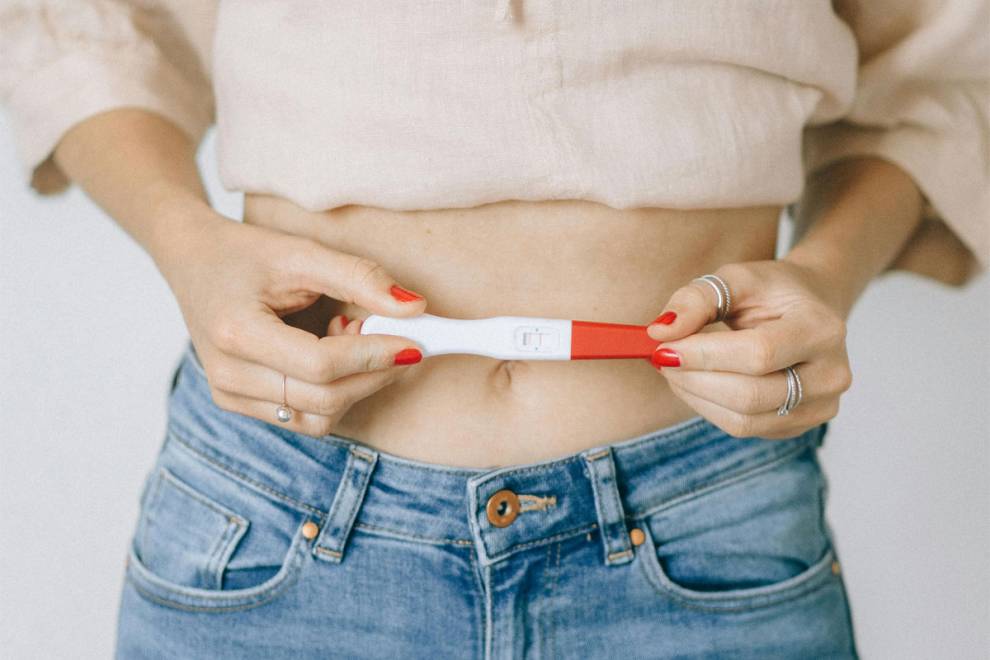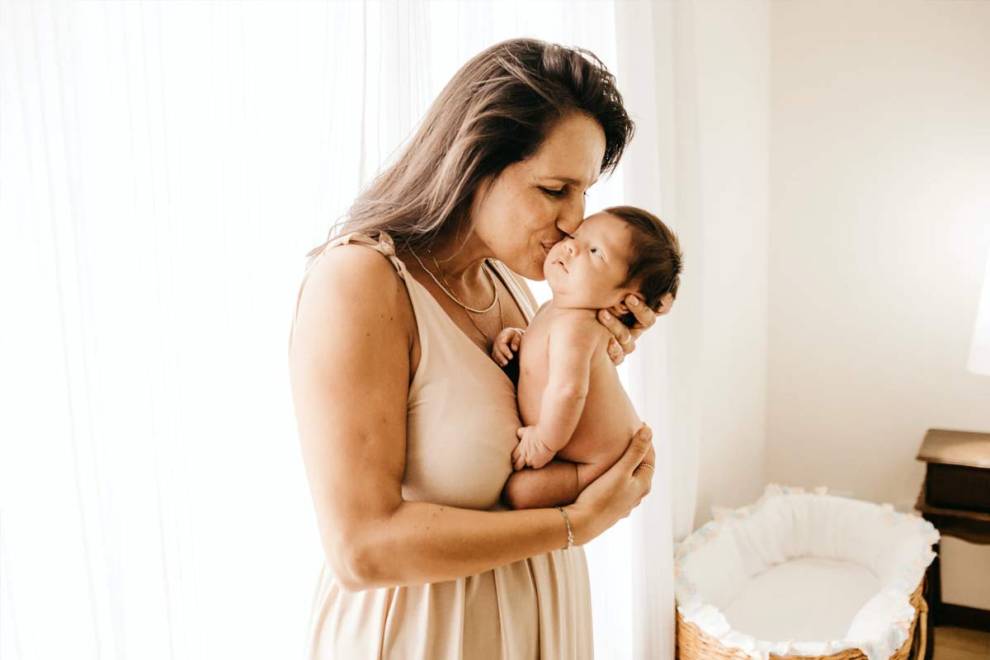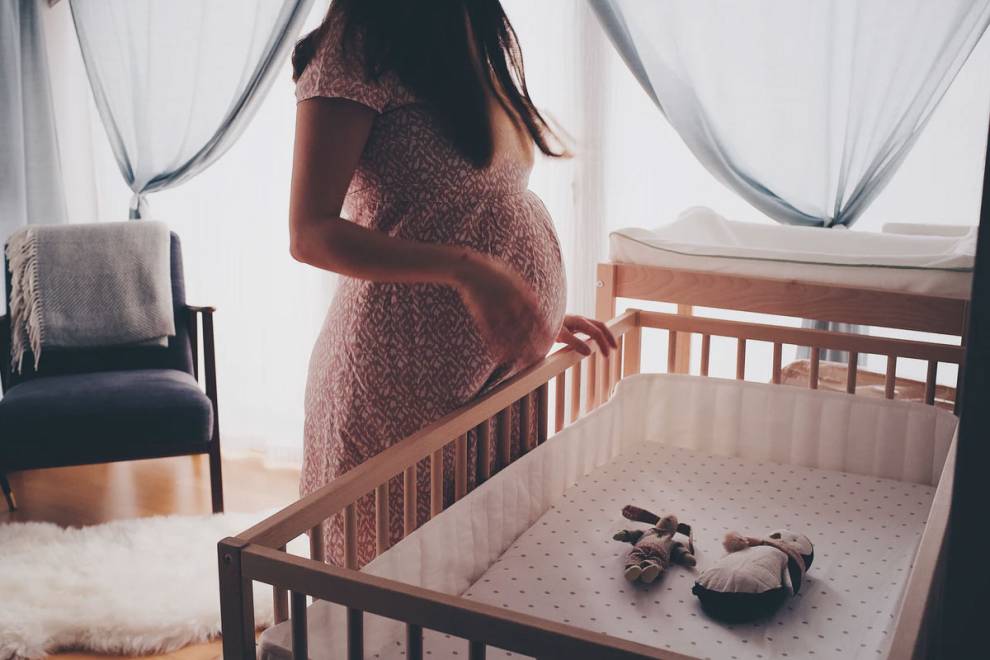Ready, set, crawl! Learn when your baby will likely start moving on all fours.

Mommyhood101 independently tests and curates baby gear to help you make informed decisions. If you buy products through links on our site, we may earn a commission.
Be careful what you wish for! Once your baby starts crawling, you are in for a whole new set of challenges. But when exactly should you expect your baby to start crawling? We reviewed the research and consulted with a developmental pediatrician, and figured out the appropriate developmental milestones you should pay attention to.
When do babies start crawling?
The simple answer is at about 8 to 9 months. But this is a much more complex question than you might assume, as babies vary by several months in when they make their first attempt at crawling. Also, be careful what you wish for - crawling babies can get themselves into a lot of trouble! Be sure to grab a couple of the best baby gates and read our childproofing guide!
What does crawling research show?
Let's get into some of the research to help you figure out when your baby should start crawling. To study this issue, the World Health Organization conducted a major study involving over 800 children in 5 different countries (including the United States).
Field workers went to the homes of the babies and observed their behavior once a month for the first year of life, and twice a month for the second year of life. They recorded the babies' behavior, including whether they were sitting up unsupported, standing assisted (holding onto something), crawling on hands and knees, standing alone, and walking alone.
Here's what the study found: In the below graph, you can see that by 8.5 months old, most babies (about 51% of them) were crawling. By 9.5 months, about 75% of them were crawling, and by 10.5 months about 90% of them were crawling.

So you can expect your baby to start crawling as early as about 5 months (very rarely), most typically around 8-9 months old, and as late as around 12 months (very rarely).
How to Help Your Baby Crawl?
Many parents are in a hurry to speed along their child's development, mostly due to anxiety about meeting developmental milestones. But we encourage you to be patient and let your baby develop his or her motor skills at their own pace.
Be patient and let your baby develop motor skills at their own pace!
Tummy Time!
Before your baby can start crawling, he or she has to gain the necessary core and upper body strength. They have to be strong enough to fight against the force of gravity and lift their chest up off the floor. Tummy time is an awesome way to help your baby build upper body strength, give them confidence, and help them realize their own power and capabilities!
Modeling Crawling Behavior!
Being around other children who are crawling, or even seeing parents crawling around on the floor can help prime babies to begin crawling. It might seem silly for parents to be crawling around on the floor (and it is!), but there is plenty of research showing that starting very young, babies will watch and imitate another's behavior. Crawling is just one example of that.
Motivate and Make Room!
Another way you help encourage your baby to start crawling is to begin placing those prized toys a bit farther away from your baby, making them do the work of navigating their environment to retrieve their favorite toys.
Patience, Parents!
Usually, babies will figure out all sorts of ways to maneuver around on the floor long before they begin crawling. They might roll over to get closer to something, scoot across the floor on their bums while sitting, or even wiggle like a worm across the floor (this is often called "creeping")! Babies can be very creative in figuring out way to get where they need to be.
According to the American Academy of Pediatrics, there are gross motor milestones that typically lead up to crawling. One is called "commando crawling" (at around 8 months), which means crawling with your elbows and dragging the rest of your body across the floor. Another is called "creeping" (at around 9 months), which means pushing yourself around the floor on your stomach. Sometimes that can look a bit like an inch-worm. Around this same time, some babies do something called the "bear crawl" which is basically crawling around but the legs are held straight down rather than bending at the knees.
At some point around 9 months, one day you will notice that your baby is up on both hands and knees and rocking a bit back and forth. That's a pretty good sign that they are preparing to crawl! Don't be surprised if they begin by crawling backwards first, before figuring out how to crawl forward. That's usually not a cause for alarm.
If your baby is not meeting one or more of gross motor milestones, you should consult with your child's pediatrician.
Why is Crawling Important?
Crawling is the first behavior your baby will do that involves what experts call coordinated bimanual movement, which basically means that the two sides of the body are moving in an alternating pattern. Crawling is an important developmental milestone because it is associated with several important perceptual and cognitive functions later in life.
Babies sometimes skip crawling entirely and move straight to walking. As noted by the American Academy of Pediatrics, crawling is not a prerequisite to walking. But babies who skip crawling entirely may miss out on some of the developmental benefits of crawling.
Crawling is not a prerequisite to walking. -The AAP.
The benefits of crawling include: increased spatial abilities, more diverse connectivity patterns in the brain, changes in socioemotional processing, and increased receptive and expressive language development.
For these reasons, we suggest limiting how much you encourage your baby to walk before they learn to crawl. Many parents are tempted to hold their baby's hands and help them walk around, or stand them up holding onto something. We suggest holding off on those types of encouragements until your baby has successfully learned to crawl.
Why Isn't My Baby Crawling?
There are several reasons why your baby might not be crawling yet. If your baby is over 10 months old and you're starting to worry about why they aren't crawling, here are a few possible reasons why.
For one, your baby might simply not be ready to tackle this challenging milestone. If your baby is about 10 months old and is reaching all of his or her other motor milestones, then it's likely only a matter of time until they start crawling. Of course, if you're concerned at all, definitely consult with your child's pediatrician.
A second reason your baby might not be crawling yet is due to lack of core and upper body strength. You might want to consider adding in some more tummy time on a daily basis. We get it - some babies really hate tummy time, but it's also essential to helping them build the strength that's necessary for crawling.
A third reason your baby might not be crawling yet is due to a developmental disorder. If your baby is displaying any peculiar methods for getting around, such as crawling with only one side of their body, definitely contact your child's pediatrician to make sure that everything is developing smoothly. Remember, if you are at all concerned about your child's development, asking your pediatrician should be the first step. And don't worry about bothering them, they're totally used to it and are there to help!










